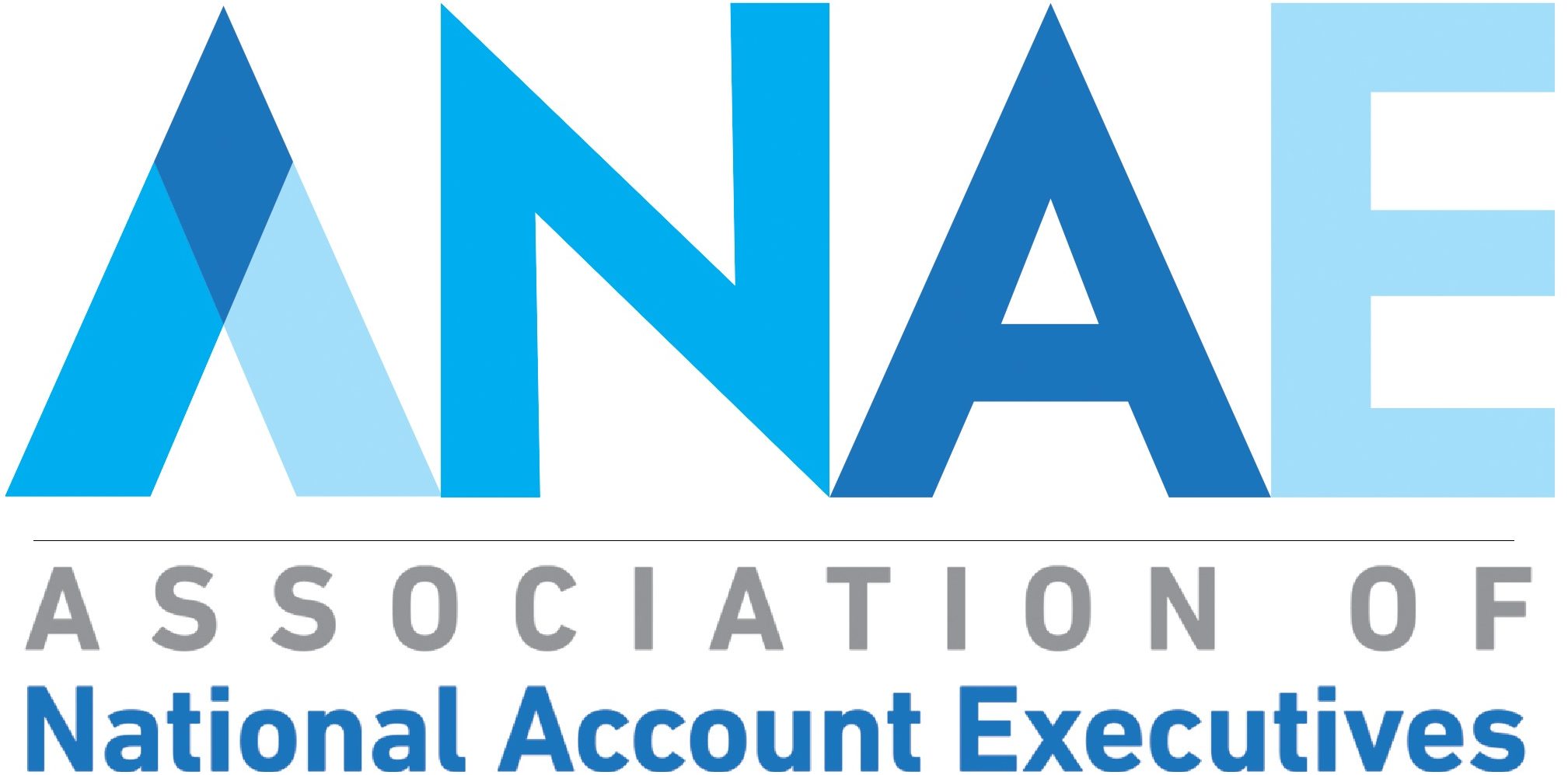- 8 Tactics for Negotiation with GPOs (Group Purchasing Organizations) - July 13, 2021
- Why I am not responding to your email - September 23, 2020
- FAH Conference 2020: Key Takeaways - March 4, 2020
During a recent ANAE Supply Chain Leader Learning Series call, Jim Francis, division chair of supply chain management and assistant treasurer at Mayo Clinic Health System, discussed strategic imperatives at Mayo Clinic Health System and the Upper Midwest Consolidated Services Center LLC, a VHA Supply Network.
Jim has always been very gracious with his time, and patient with our requests for information about his role at Mayo, as well the Upper Midwest Consolidated Services Center. It was fascinating to hear the sheer size of his responsibility and the top of mind initiatives he is working on today.
Mayo Clinic Health System by the numbers:
- 61,000 Employees
- 3,700 Employed Physicians
- 3,500 Beds
- 25 Hospitals
- $2.46 Billion Supply Chain Spend
- $1.7 Billion Supplies/Drugs
- $700 Million in Purchased Services
- $580m Capital Expenditures
- 550 FTEs
- $50 Million Operating Expense
Unless you are in a major metropolitan area, I would bet that Mayo’s Supply Chain department alone would be one of the largest employers and organizations in your city or region, with $2.46 million in spend and 550 employees.
Jim went into great detail about how the transformation for survival in the ACA era is the priority today at Mayo. As we move into an era of risk-based reimbursement, Mayo seems to be leading the way, and I cannot wait to see how they connect the dots to how suppliers will contribute to their efforts. I can’t help but think that suppliers with progressive solutions that speak to the triple aim focus of reform will be rewarded with more market share.
He also spoke of how he has developed programs and services that are being put into a commercialization effort. I think it is absolutely fascinating and probably well over due that other hospitals and IDNs across the nation might benefit from best practices in supply chain developed and practiced at Mayo. For years, I have been surprised that there hasn’t been more modeling and sharing of best practices amongst peers nationwide. It will be fun to watch how Jim and his team make these insights available and at what cost.
It was interesting to learn about how Mayo and the Upper Midwest Consolidated Services Center are “joined at the hip.” Mayo is a major service provider to the VHA Supply Network, providing them personnel and management. What started in 2008 as an attempt to drive standardization for Physician Preference Items has grown into an organization with 280 agreements supported by 41 IDNs in 18 states. Jim expressed that because of the volume of and predictability of demand the organization has been able to consistently deliver 10% and more in savings.
I’d love to hear your thoughts on the conversation if you listened. What else would you have asked him?
